Luxury Safaris to Tanzania
Tanzania has it all when it comes to wildlife and cultural safaris. From the world famous Ngorongoro Crater and Serengeti in the north to the remote and wild Ruaha and Nyerere in the South and then the incredible Katavi and Mahale in the west. Whether you want the action of the great migration in the Serengeti or walking safaris in Ruaha or sleeping under the stars in Katavi or tracking chimpanzees through the hills of Mahale, there is something for everyone. And to top it all off you have some of the most pristine beaches and islands off the coast, perfect for the down time after the adventures of your Tanzania safari.
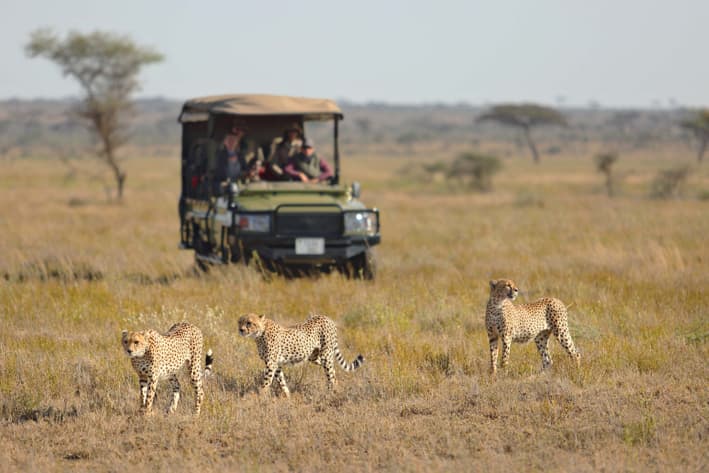
BEST OF TANZANIA SAFARI
14-Nights
Destinations visited:
- Chem Chem Concession
- Ngorongoro Crater
- Serengeti National Park
- Pemba Island
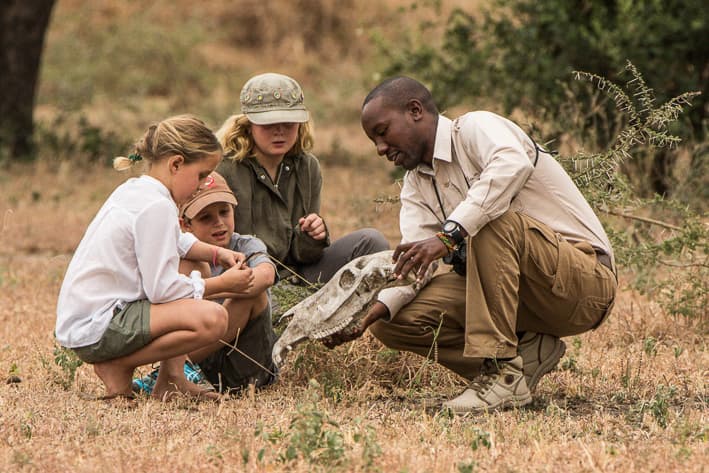
TANZANIA FAMILY SAFARI
12-Nights
Destinations visited:
- Chem Chem Concession
- Ngorongoro Crater
- Serengeti National Park
- Zanzibar
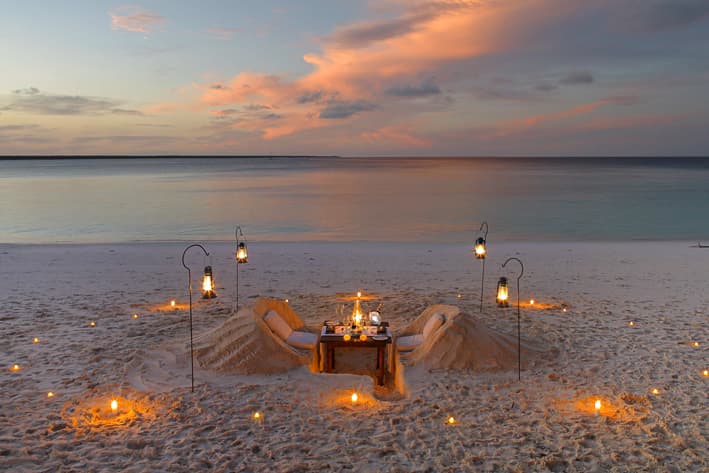
12-Nights
Destinations visited:
- Chem Chem Concession
- Ngorongoro Crater
- Serengeti National Park
- Zanzibar
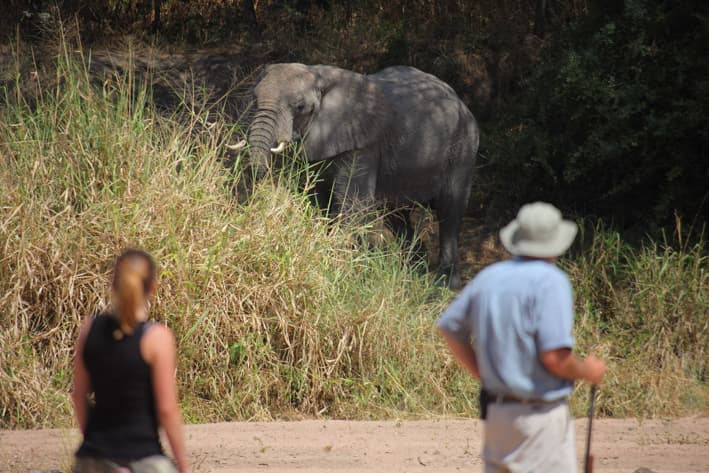
SAFARI TO SOUTHERN TANZANIA
10-Nights
Destinations visited:
- Nyerere National Park
- Ruaha National Park
- Fanjove Island
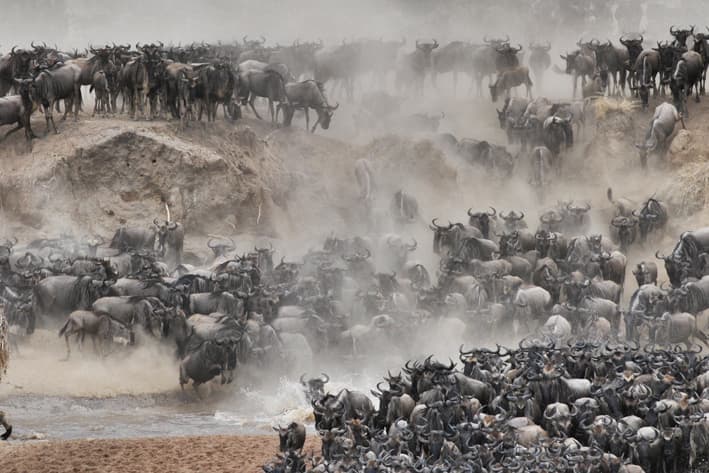
EAST AFRICAN MIGRATION SAFARI
11-Nights
Destinations visited:
- Ngorongoro Crater
- Serengeti National Park
- Masai Mara
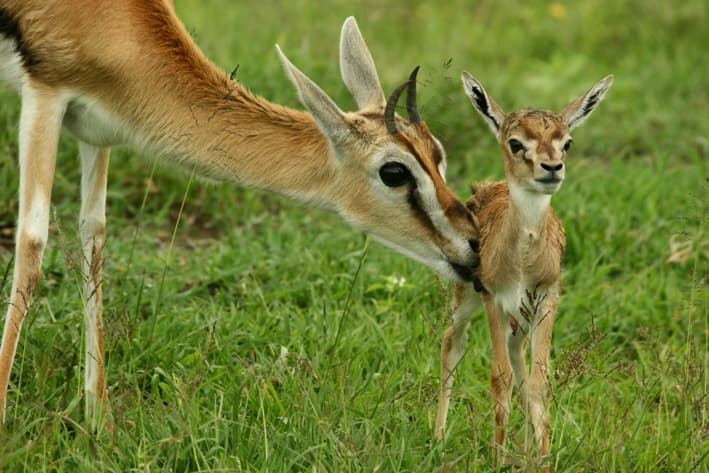
12-Nights
Destinations visited:
- Volcanoes (gorilla tracking)
- Serengeti National Park
- Ngorongoro Crater
- Zanzibar
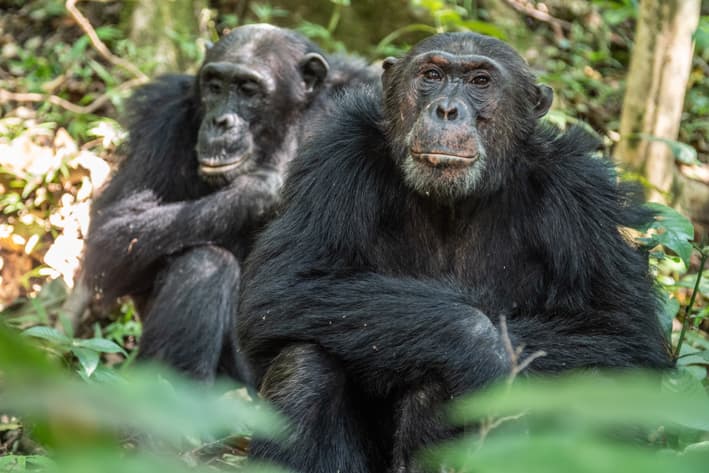
SAFARI TO WESTERN TANZANIA
7-Nights
Destinations visited:
- Katavi National Park
- Mahale (chimp tracking)
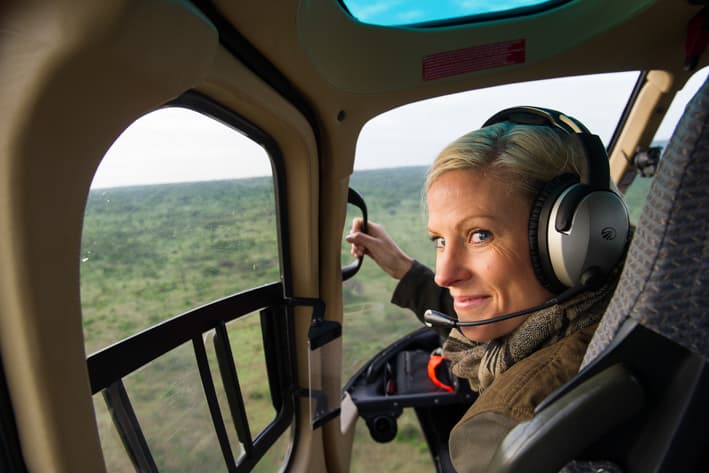
TANZANIA HELICOPTER SAFARI
10-Nights
Destinations visited:
- Chem Chem Reserve
- Mwiba Private Reserve
- Ngorongoro Crater
- Serengeti National Park
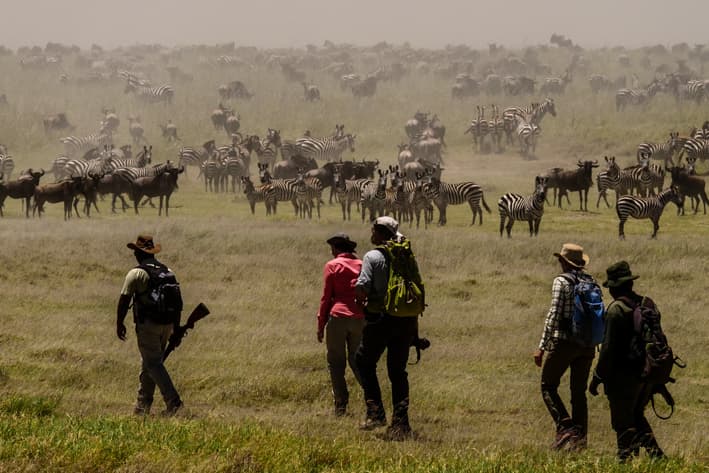
9-Nights
Destinations visited:
- Serengeti National Park
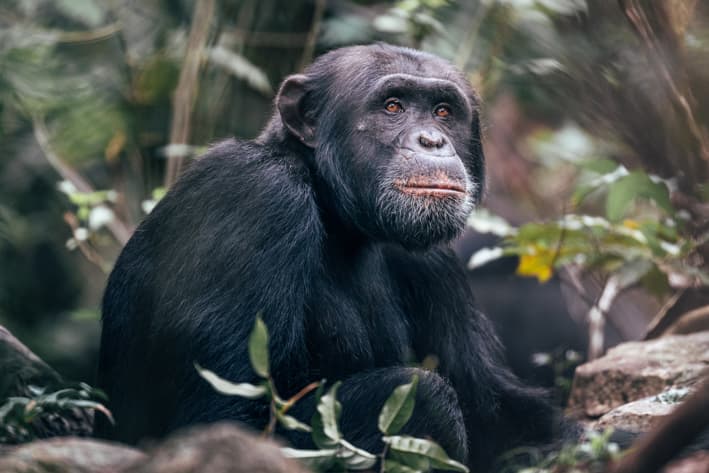
ULTIMATE PRIMATE SAFARI
10-Nights
Destinations visited:
- Volcanoes (gorilla tracking)
- Serengeti National Park
- Rubondo Island (chimp tracking)
